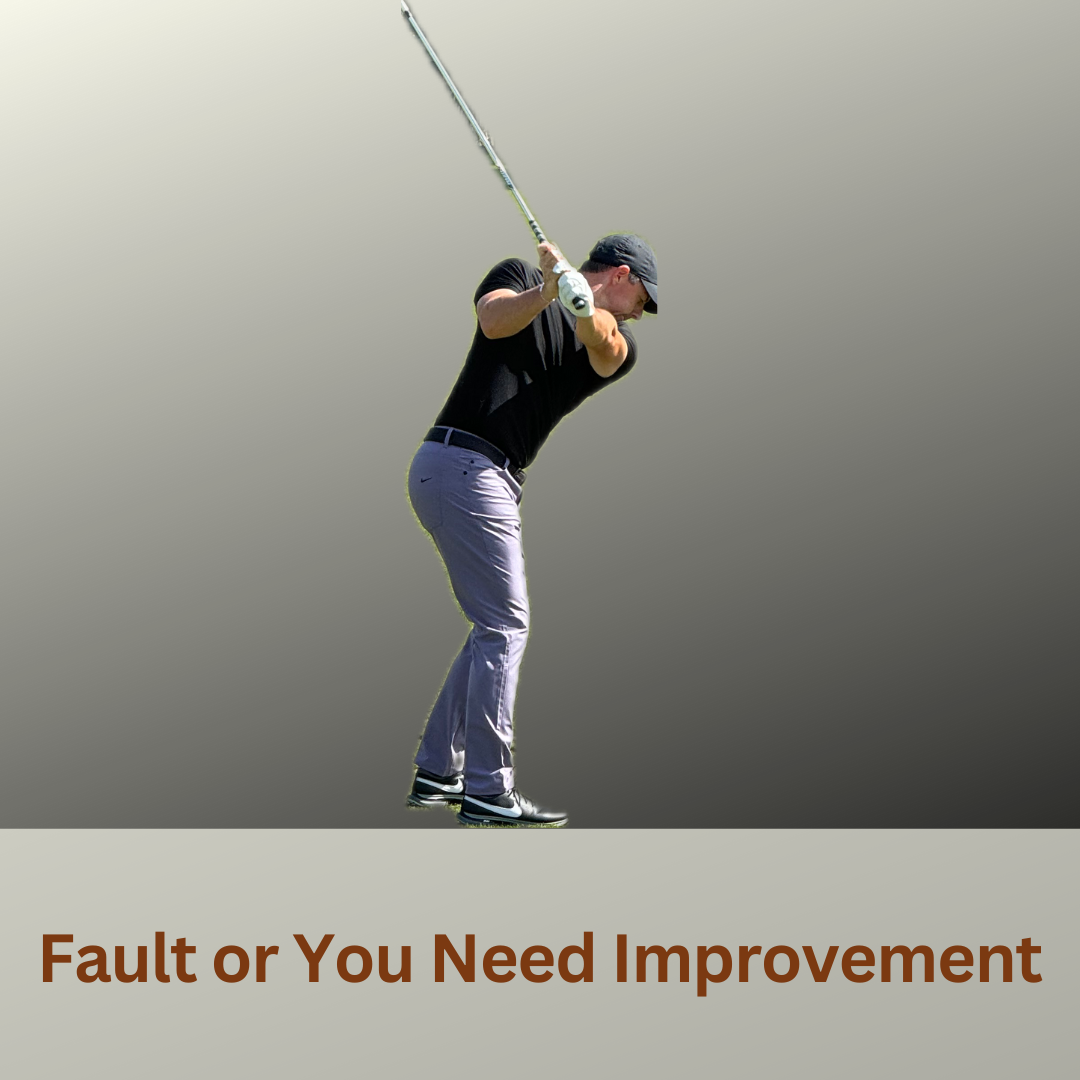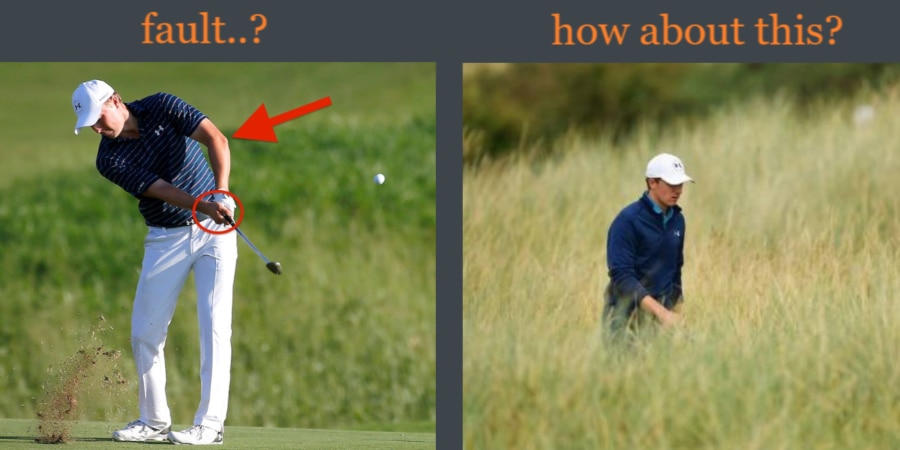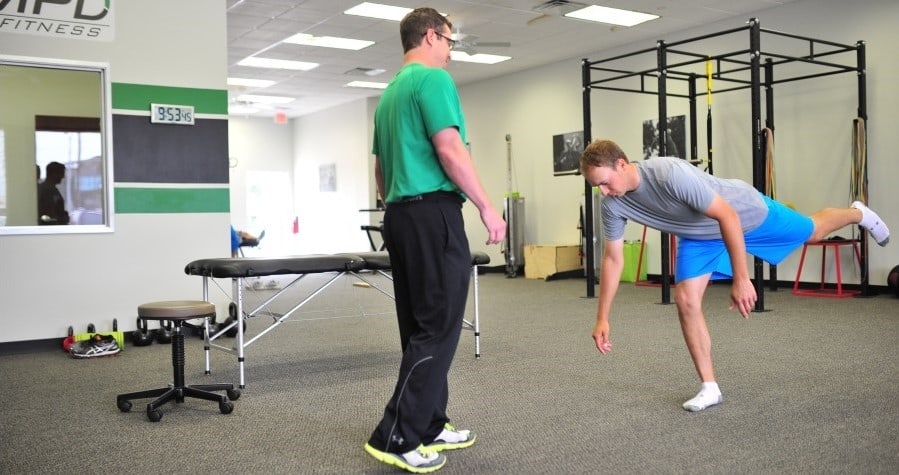
Do You Need Improvement or Have a Golf Swing Fault?
Struggling with your golf game? Learn to distinguish between having a fault and when you just need improvement. Discover key strategies to enhance your skills and performance.
July 31, 2024 15:05 By Kiril Slatinski
Many golfers mistakenly believe that every performance issue is a fault that needs fixing. However, not all struggles on the course are due to technical errors—sometimes, you just need improvement. Understanding the difference between a true fault and an area that requires development can significantly impact how you approach your golf training.
What is a Fault in golf?
Have you ever thought what a “fault” really is in the game of golf?
Is it a posture, in contradiction to the recommended technical model? Is an unusual wrist position or bend lead arm a fault? How about a short fallow-through? Is a fault a poor score for the round? To gain a clearer picture, it helps to shift focus from swing mechanics to the ultimate goal of golf—getting the ball into the hole in as few strokes as possible.
.
Bring your expectations to the ground and consider what you are trying to do on the course!
Perhaps the simplest thing is to refer to the main object of the game – Get the ball from the tee into the hole with the fewest number of shots. A golfer is therefore trying to consistently hit the ball as close to the hole as possible. The Fault can be seen as more related to the outcome of the shot (where the ball ends) and not as an aspect of the swing technique (although this may be the cause of the fault). An incorrect performance of the technique cannot be solely blamed for the faults. Often the roots of the fault are in the different area. The causes of poor performance on the course and the swing technique are not always linked.

Understanding the Need for Improvement
Many different types of individual factors may produce “fault”.
The same faults do not always arise from the same causes for different players.
For the successful determination of whether or not a fault is present an in-depth understanding of your performance (shot outcome) is necessary.
However, if you consistently cannot get the ball to the place you want it to be (distance and dispersion wise) and you actually never had that ability and consistency, then you do not have a fault. Illustration – if you constantly fail to hit 250 yards with the driver that’s not a fault.
Essentially – You cannot have a fault in something you have never had!
“OK, but What do I need then?”
Well, You need improvement! Most often the process involves acquiring or/and developing skill(s).

I’m not going to specify which aspect of the game “Needs Improvement”. Could be any, according to your individual case. Technique, fitness, mental, nutrition, course management…etc.
Let’s expand the example of the 250 yards drive. Two golfers, A (5 HCP) and B (15 HCP). A with an average distance from the tee – 260 yards. B with 230 yards. Golfer A declares his distance went down to 250 yards. The same time, B desperately searches to increase his distance to 250. With all the assumptions the example is general, there is a good chance golfer A has a fault (suspecting technique or physic) in his game and most likely B needs improvement.
Why Distinguishing Between a Fault and the Need for Improvement Matters
It is about the approach chosen to resolve the issue. In some instances the intervention taken could be similar for both cases. Tough, very often the skill acquisition requires a different learning strategy than the fault fixing. A classic example of wrongfully selected approach when misjudge the diagnose is – Player B (from the above case) tries to increase the average distance from the tee buying a new driver. If you are self-educator, it is better you have substantial knowledge in the areas of game analysis and coaching methods.
Just few remarks:
Before taking any “medicine” for your golf game, have an accurate diagnosis.
The fault might be treated with a “quick fix” or “Root-cause Approach” can be applied. Whether you are self-coaching or going to have sessions with a professional, it’s always good to have an understanding of the fault treatment approaches.
When you need an improvement in any aspect of your game, it is better to have a mid or long-term, well-structured program. To retain improvement for longer the program should be based on your individual needs and in-depth understanding of all aspects of your game.


